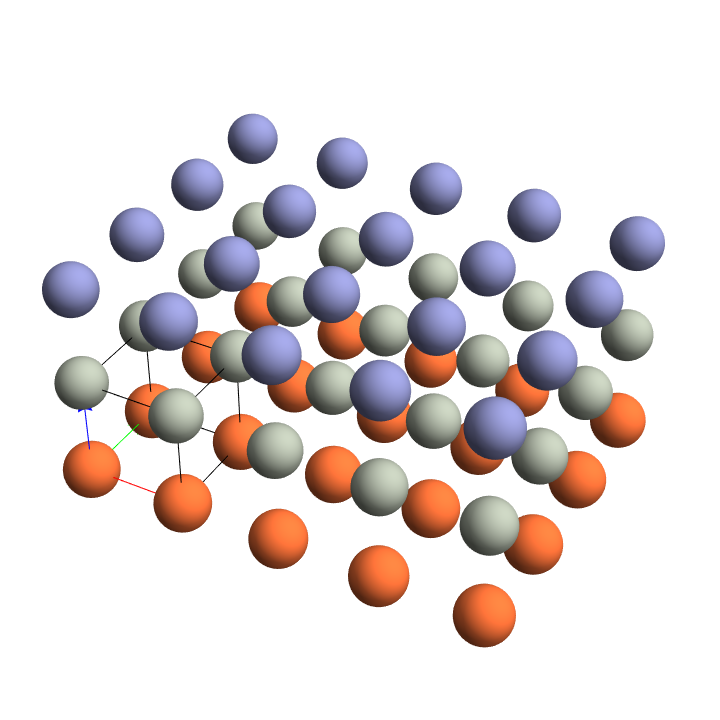MAXRD SYMBOL
SynthesiseStructure
SynthesiseStructure[entities,{A,B,C},label]
assembles entities to a structure with size A×B×C to be named label.
SynthesiseStructure[domain,label,map]
assembles the domain to a structure called label with map associating the domain identifiers with crystal labels.
SynthesiseStructure[X]
creates a crystal with a single atom at the origin of the chemical element X.
SynthesiseStructure[X,{a,b,c,α,β,γ},sg,label]
creates a crystal with a single element X with given lattice parameters {a,b,c,α,β,γ} and space group sg, stored under label.
